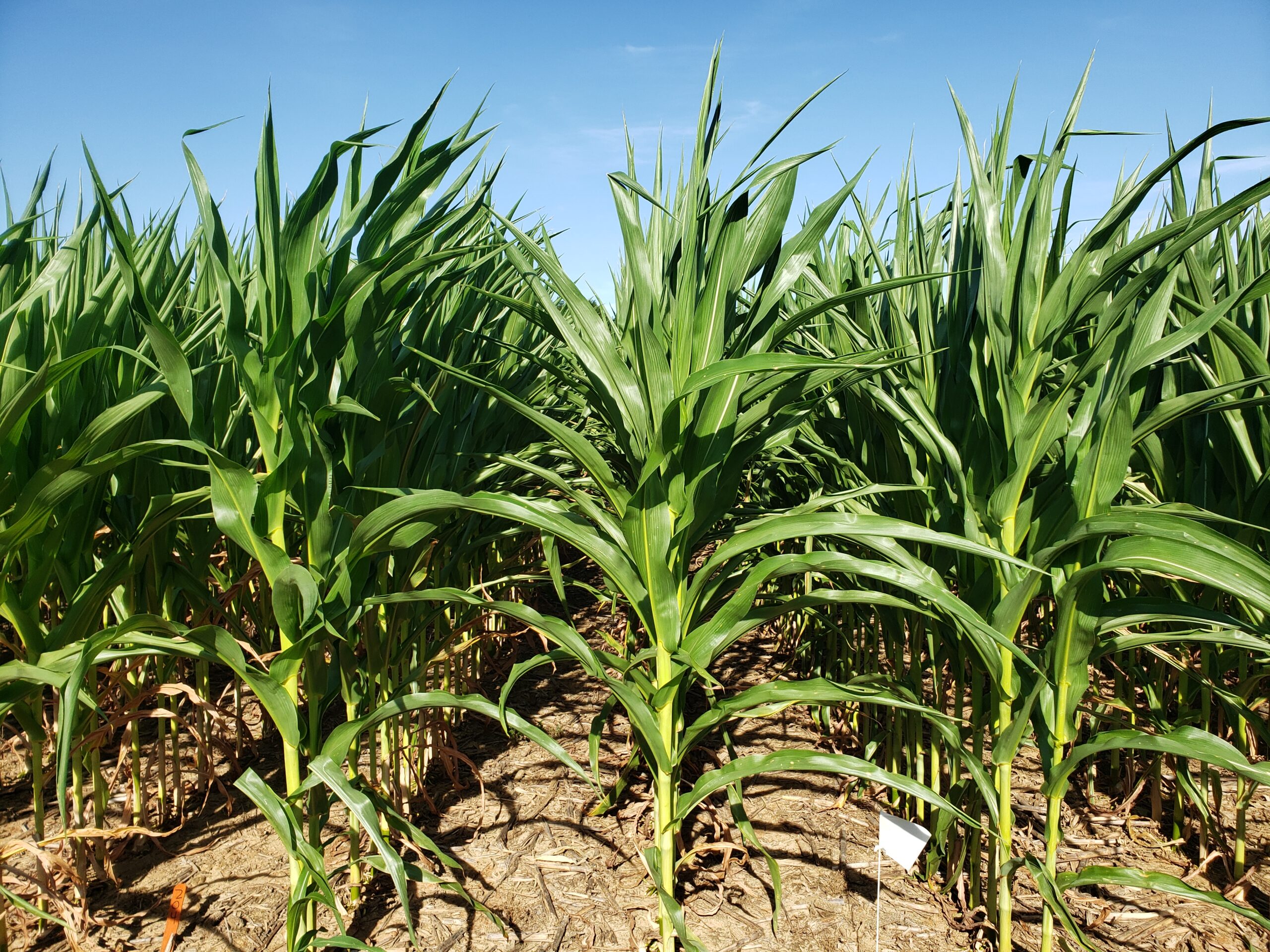The UT Cotton Scout School is scheduled for Tuesday, May 21st, at the West Tennessee Research and Education Center (605 Airways Blvd, Jackson). There is no fee, and preregistration is not required. Registration begins at 8:00 AM with the program starting at 8:30. Pesticide points in categories 1, 4, 10 and 12 will be offered and a BBQ lunch will be provided. Content will include classroom and hands-on training with an optional go-to-the-field session after lunch. Topics covered will include cotton development and identification and symptoms of insect pests, plant diseases, and weeds.
Category Archives: Soil
Converting Between Mehlich 1 and 3 Soil Test Values for West Tennessee Soils
 Most of the commercial and state soil testing laboratories in and around Tennessee use and prescribe fertilizer recommendations based on Mehlich 3 soil test extraction method. Most growers may receive soil test results from laboratories that utilizes Mehlich 3 soil test extraction method. However, The University of Tennessee gives fertilizer recommendations based on the Mehlich 1 extractant. This makes it difficult for growers to take advantage of The University of Tennessee fertilizer recommendations. Currently, the Mehlich 1 and 3 conversion equations used in TN were derived from the University of Kentucky, which were based on Kentucky soils (Table 1). Continue reading
Most of the commercial and state soil testing laboratories in and around Tennessee use and prescribe fertilizer recommendations based on Mehlich 3 soil test extraction method. Most growers may receive soil test results from laboratories that utilizes Mehlich 3 soil test extraction method. However, The University of Tennessee gives fertilizer recommendations based on the Mehlich 1 extractant. This makes it difficult for growers to take advantage of The University of Tennessee fertilizer recommendations. Currently, the Mehlich 1 and 3 conversion equations used in TN were derived from the University of Kentucky, which were based on Kentucky soils (Table 1). Continue reading
Irrigation Termination Decisions for Corn and Soybean
| As we approach the end of July, much of our corn and some of our soybean acres are in the latter portion of their respective reproductive growth stages. As we progress toward physiological maturity, lets revisit irrigation termination decisions for these two crops. |
Phosphorus Deficiency in Corn and Soybean
| Week 2: Phosphorus |
| In the second installment in our series on nutrient deficiencies in corn and soybean, this week we take quick look at phosphorus: symptomology, sources, and common causes. |
Corn and Soybean Tolerance to Flooding and Submergence
Excessive rainfall over the weekend (5/12 and 5/13) in the North Western river counties has resulted in several calls this week concerning flooding and standing water in corn and to a lesser extent in soybean. Crop response will depend on the length of time the crop remains submerged and varies between corn and soybean. With rain still in the forecast for the next few days, here are a few agronomic considerations to be aware of. Continue reading
Nutrient Deficiency – Nitrogen
This is the first of several installments dealing with commonly observed nutrient deficiencies in corn and soybean. Each week, a new macro or micro nutrient will be posted and discussed. The main objective of this series will be to discuss for each nutrient: (1) visual symptomology of deficiency, (2) plant and leaf tissue deficiency levels, (3) common causes of deficiency, and (4) in-season corrective measures. Continue reading
Early Planting and Growing Degree Days
As warmer temperatures creep into the forecast each spring, farmers and researchers alike begin to consider just how soon to pull the trigger and put seed into the ground. While these early planting dates may fall slightly outside of what is considered nominal for corn and soybean, certain situations may still provide growers a window of opportunity for early planting. Continue reading
In-season Plant Testing Interpretation During Dry Soil Conditions
 In season plant tissue testing helps producers monitor plant nutrition and can be useful in diagnosing nutrient deficiency. Detecting deficiencies early can allow the corrective or preventive action that will minimize yield effects from deficiency during the growing season. Nutrient concentrations vary greatly with plant growth stages and the part of the plant that is sampled so specific sampling guidelines and interpretation have been instituted to prevent false diagnosis. Continue reading
In season plant tissue testing helps producers monitor plant nutrition and can be useful in diagnosing nutrient deficiency. Detecting deficiencies early can allow the corrective or preventive action that will minimize yield effects from deficiency during the growing season. Nutrient concentrations vary greatly with plant growth stages and the part of the plant that is sampled so specific sampling guidelines and interpretation have been instituted to prevent false diagnosis. Continue reading

